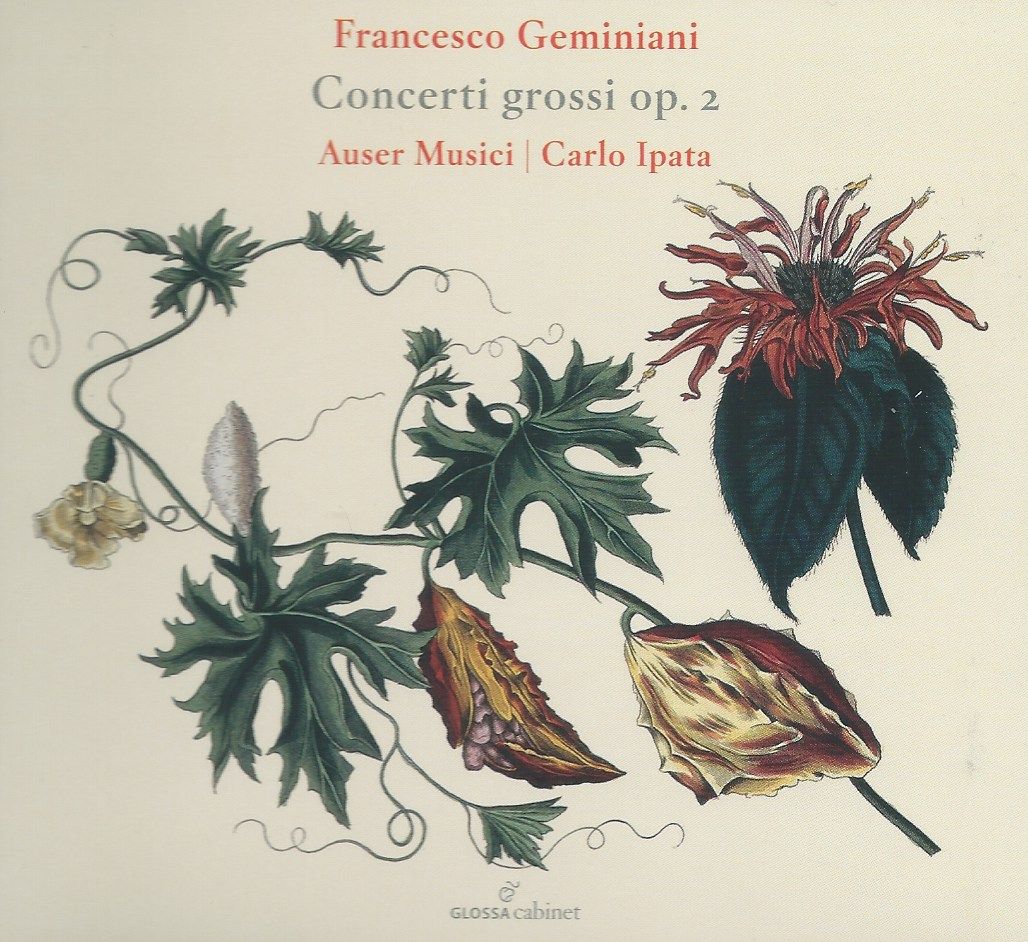Geminiani Concerti grossi, Op. 2
There is such warmth, such gentilité and such energy here that one can't help but be captivated

As a gentle lead-in, just to explain that the Concerto grosso was a form prevalent in the Baroque and is formed around the contrast between a small group of soloists (the concertino) and orchestra (ripieno). The most famous examples are those by Handel, his set of twelve that make up his Op. 6, and those by Corelli; but today we're going to look beyond and meet Francesco Xavier Geminiani (1698-1762).
The importance of Corelli in the development of the Concerto grosso is fairly well-known, as he was the first major composer to use the term (although it was apparently first utilised by the less well-known Giovanni Lorenzo Gregori in a set of ten published in Lucca in 1698). An offshoot, one might say, from Corelli's sets is this one by Geminiani, with Locatelli and Torelli both also trailing in Corelli's wake.
Geminiani was born in Lucca and studied with both Corelli and Alessandro Scarlatti (father of Domenico, he of the 555 Keyboard Sonatas). Geminiani later, in 1714, travelled to London. The Op. 2 Concerti grossi, dedicated to Henrietta, Duchess of Marlborough and published in London, introduce the viola to the traditional group of soloists - and the last two add a pair of transverse flutes (the flute was an instrument popular then, as now, in England). They are perfect examples of Geminiani's craft and I have no doubt that, like me, you will be begging for more by the end. There is such warmth, such gentilité and such energy here - qualities enhanced by these performances by Auser Musici and Carlo Ipata - that one can't help but be captivated. The pieces are so well crafted, too/
Try some of that gentilité in the opening Andante from Concerto I (actually the fifth heard on the disc):
or here, where the two flutes are very much in evidence:
There is an "overture" to the set of Concerti grossi in the form of the Overture to Handel's Agrippina.
The Spotify link below is to the earlier Pan Classics release of these same performances.
